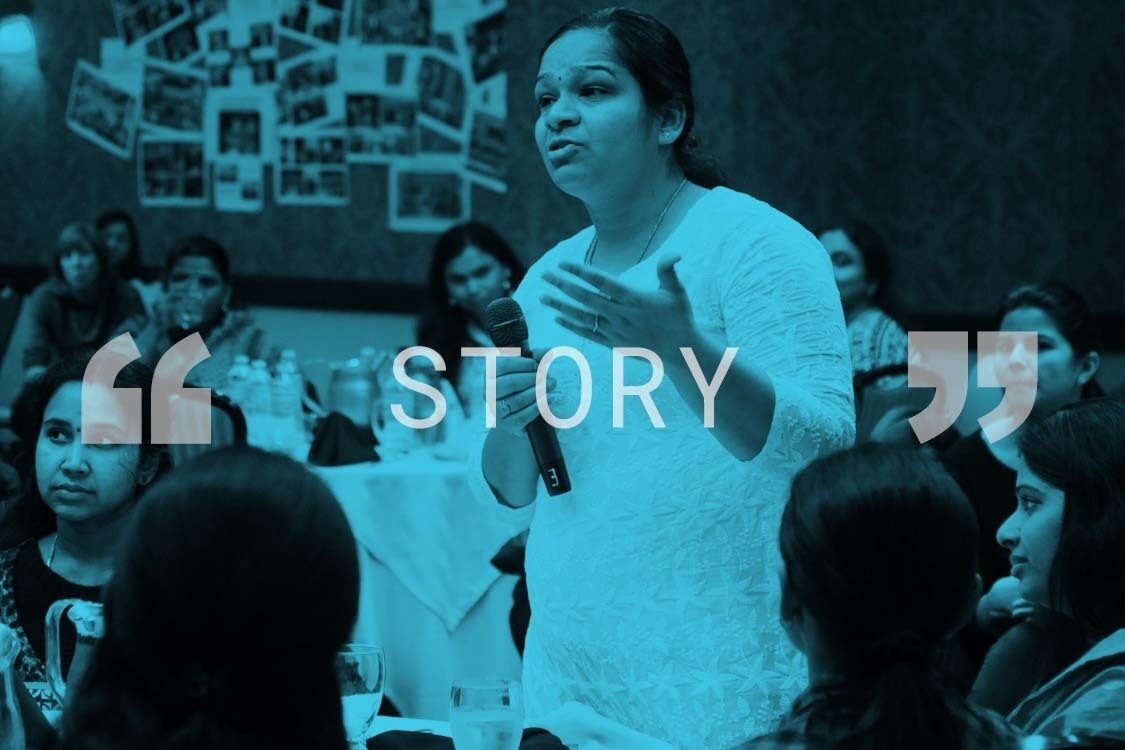Stories
Compare your experiences implementing gender mainstreaming with other organizations.
Stories of Change
Explore stories of gender mainstreaming

Innovative Approaches to Difficult Conversations
Approaching conversations about gender disparities can be difficult in the workplace, particularly in inclusive settings.

Access to Data
Data, particularly at the project and program levels, can be costly to collect and difficult to analyse for organizations that do not have the expertise in house.

Widening Access
Studies have shown that increasing workforce diversity has a variety of business benefits and additionally adds a level of richness to workforce interactions.

Time Use Exercises
Women in leadership positions often face different challenges than their male counterparts which can lead to additional stress and demands on their time.

Transformative Changes
Training is a common tool for organizations seeking to change employee behaviors about gender issues at the individual, organizational, and wider social levels.

Value in Mandatory Training
Mandatory training is often used by organizations who seek to provide a unified base-level knowledge of topics associated with gender mainstreaming such as policies for the prevention of sexual harassment or general knowledge of the differential experiences of women and men in the workplace.

Access to Resources
While getting resources is important, it’s even more imperative that the resources be useful, verifiable, and worthwhile.

Gender Networks
Many organizations have utilized employee networks, as well as working and steering groups, to engage as many employees and members of leadership as possible in gender mainstreaming goals.

Leadership Support
The role of leaders in supporting the ongoing implementation of a gender policy cannot be overstated.

Equality at the Top
A key goal for many organizations in their gender mainstreaming journey is to achieve gender parity in their senior leadership teams.

Assessing and Targeting Gender Equality
Assessing the level of gender mainstreaming accomplished by an organization both internally and in its programmatic work can be ambiguous, with many aspects often overlooked or unmonitored due to the difficulty in doing so.

Gender Mainstreaming Male-Dominated Areas
Breaking into traditionally male-dominated work requires careful consideration of past gender roles and how to address why these came about.

Managing Remote Workers
With the rise in remote working experienced over the last few years, managers are recognizing a need to rethink their practices for managing employees.

Pay Transparency
Ambiguity around pay disproportionately impacts women who are less likely to negotiate their salaries and more likely to face negative backlash when they do.

Gender Transformative Approaches
Putting gender at the heart of the intervention in a holistic approach to reducing barriers to equality.

The Transition from Soft Power to Hard Power
There are a number of ways that gender specialists have begun to integrate gender strategies into the existing projects of their organizations; from technical reviews of proposals, to the inclusion of a gender assessment at project kick-off and the need for gender disaggregated data in the reporting cycle.

The Importance of Leadership Buy-in
An unhappy reality even for the most enlightened of organizations is that there is a possibility than an employee may experience harassment or discrimination in the workplace.

Formal Reporting Channels for Harassment and Discrimination
Gender mainstreaming policies are a commonly used tool in the international development sector and provide a means to establish gender mainstreaming goals across the organization and provide a unified vision for everyone from the Board of Directors to the newly-onboarded intern.